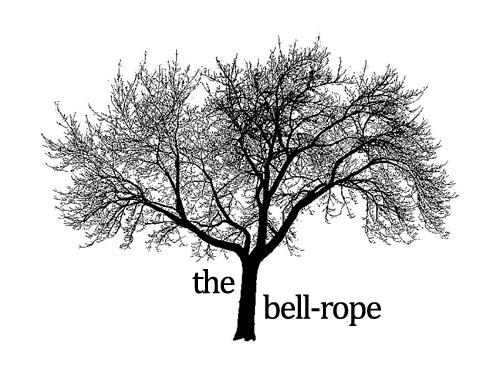The face is not a symbol in the movie, or a part of it - it is the movie. It begins in the high, narrow arch of the nose, and splays outward in either direction across vast cheeks, pushing the pallid, sunken skin to its farthest point at the edges of the eyes. Looking at Thomas makes you realize that there must be something in our faces that holds the eyes, nose, mouth in close proximity, in more or less fixed distance from each other, because she lacks it. Her features spill out, barely contained by the edges of her face. Contrast this with her sister, aquiline, narrow, small. They look so much like sisters, not because they are the same, but because they together complete a universe.
You can see every day lived in the collective vision of a face, and though you may try to dissemble, your face will reveal what you yourself do not know to the most piercing gaze. When the face is this striking, you can only wonder at the life that passed before it, what it exacted and what it left in its ruin.

No comments:
Post a Comment